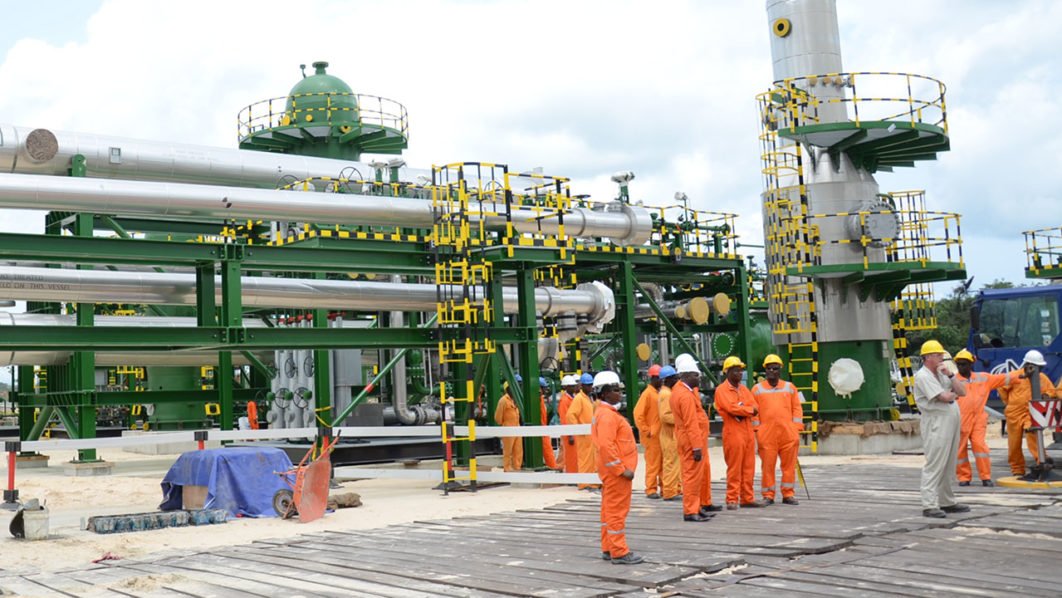The Nigerian National Petroleum Corporation (NNPC) has said that it spent N49.69 billion on repairing pipelines between January and October 2020.
The Nigerian National Petroleum Corporation (NNPC) has said that it spent N49.69 billion on repairing pipelines between January and October 2020.
The breakdown of the total amount spent within 10 months by NNPC to repair and manage pipelines are as follows:
N5.48 billion in January;
N6.74 billion in February;
N7.70 billion in March;
N7.84 billion in April;
N7.99 billion in May;
No pipeline repairs and management cost was incurred in September 2021.
“Products theft and vandalism have continued to destroy value and put NNPC at disadvantaged competitive position. This month (October 2020) 23 pipeline points were vandalized representing about 10 percent increase from the 21 points recorded in September 2020.
“This month (October 2020) 23 pipeline points were vandalized representing about 10 percent increase from the 21 points recorded in September 2020. Of this figure, Mosimi Area accounted for 83 percent of the vandalised points while Port Harcourt Area merely accounted for the remaining 17 percent.
“NNPC, in collaboration with the local communities and other stakeholders, continuously strive to reduce and eventually eliminate this menace.”
Earlier this month, the national oil company said a total of 96 companies from various jurisdictions had indicated an interest in undertaking the rehabilitation of its downstream facilities, ranging from critical pipelines to depots and terminals, through the Build, Operate and Transfer financing model.
The Managing Director of the Nigerian Pipelines and Storage Company, Mrs Ada Oyetunde, said the exercise was in conformity with the mandate of the Federal Government to prioritise the rehabilitation of critical downstream infrastructure across the country.
She listed the facilities that would be rehabilitated by successful bidders to include critical pipelines for crude oil supply to the refineries and evacuation of refined products, depots, and terminals. According to her, the objective is to get them ready to support the refineries when they become operational after their rehabilitation.
